The Bible offers spiritual guidance but also provides insights into the dietary habits of ancient civilizations.
These foods mentioned in the scriptures continue to nourish us today. They bridge the gap between ancient traditions and modern culinary practices.
Exploring these biblical foods offers a glimpse into human culinary culture from ancient times to the present day.
Bread

Bread, a staple of ancient diets, is frequently mentioned throughout the Bible, symbolizing sustenance and community. Modern-day bread varies from simple flatbreads to complex, yeast-risen varieties, echoing the bread of biblical times. Its significance persists in religious and everyday settings, reinforcing its timeless bond with humanity.
Fish

Fish were a common source of protein in biblical times, and stories of Jesus fishing and multiplying fish highlight their importance. Today, fish remains a dietary mainstay across the globe, prized for its health benefits and versatility. This continuity showcases the enduring reliance on ocean bounty.
Figs

Figs appear in biblical narratives, often symbolizing peace and prosperity. These sweet fruits are still enjoyed fresh or dried, appreciated for their rich, succulent flavor and nutritional value. The fig tree’s enduring presence in gardens and kitchens around the world speaks to its lasting appeal.
Olives and Olive Oil
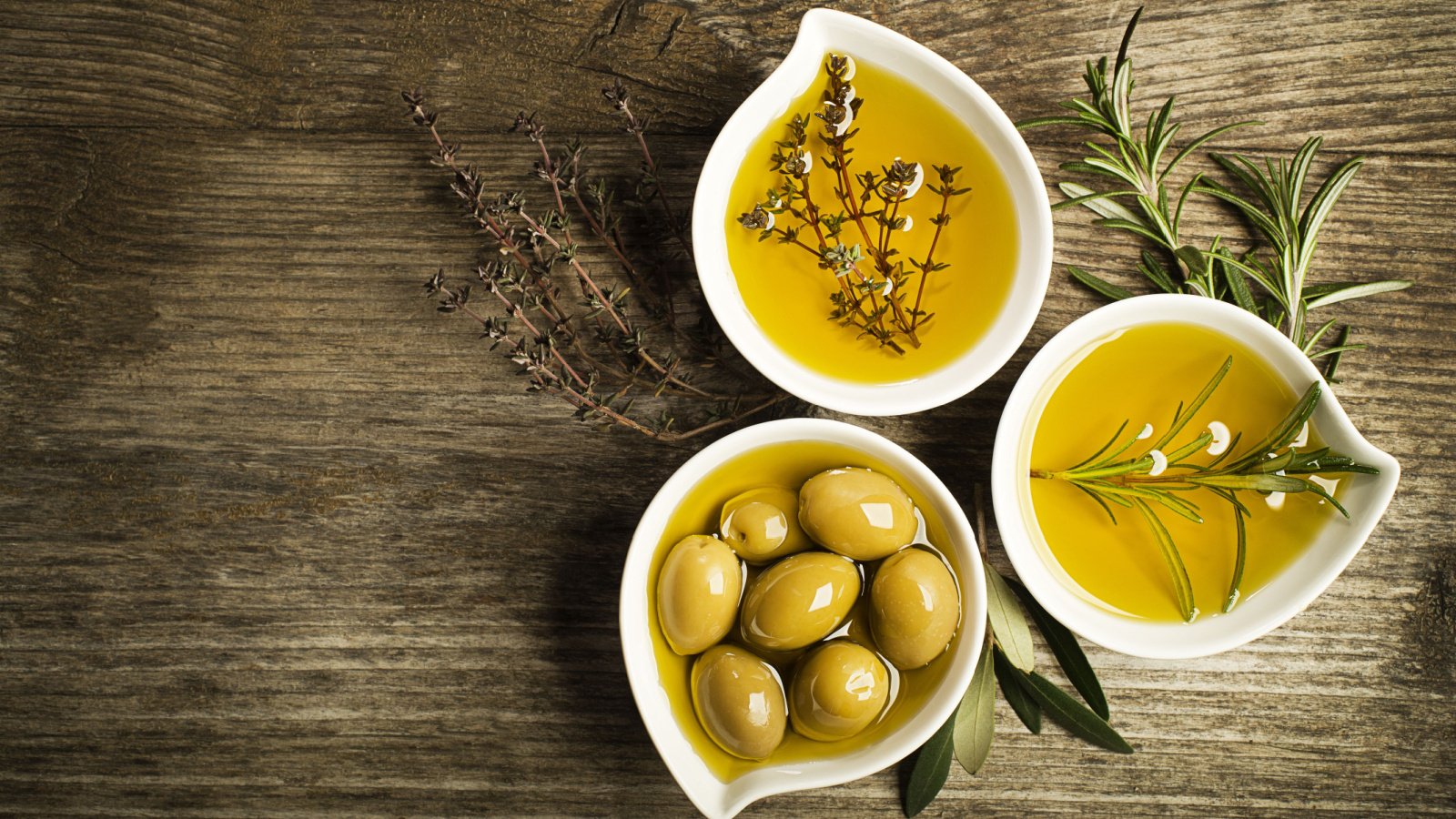
Olives are central to many biblical stories, representing wisdom and peace; olive oil was used for cooking, lighting, and anointing. Today, olive oil is heralded for its health benefits and culinary versatility, which are essential in Mediterranean diets. The cultivation of olives continues to be a significant agricultural pursuit in many cultures.
Lentils
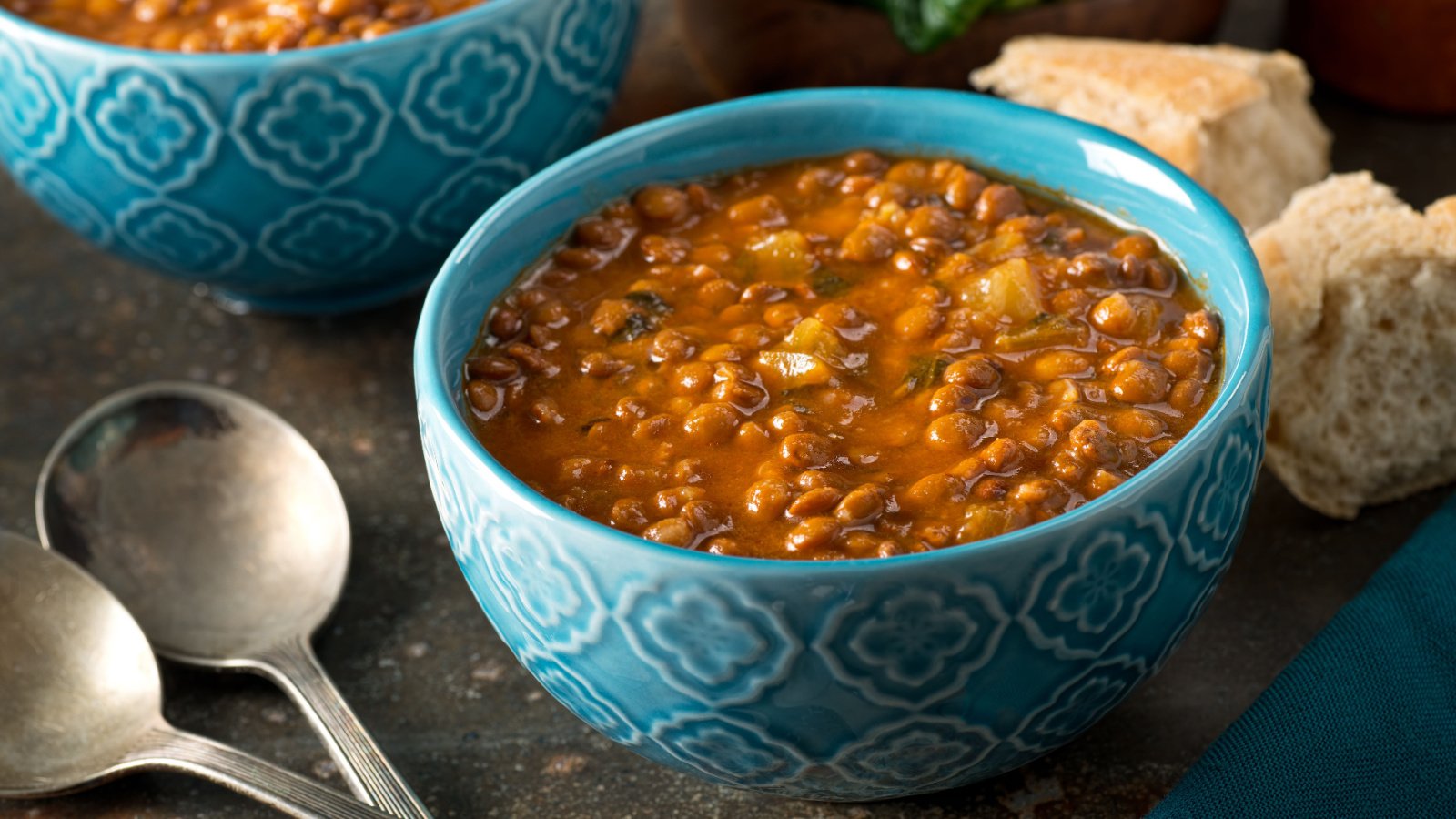
Lentils were a common food in the Bible, used in stews and breads, and are one of the oldest pulse crops known. They remain a global staple, valued for their high protein content and culinary flexibility. Lentil dishes like soups and curries are enjoyed worldwide, sustaining their biblical legacy.
Honey

In the Bible, honey symbolizes delight and abundance, famously describing the Promised Land as a “land flowing with milk and honey.” Today, honey is still cherished for its sweetness and various medicinal properties. Its continued use in foods and remedies underscores its unbroken popularity.
Grapes
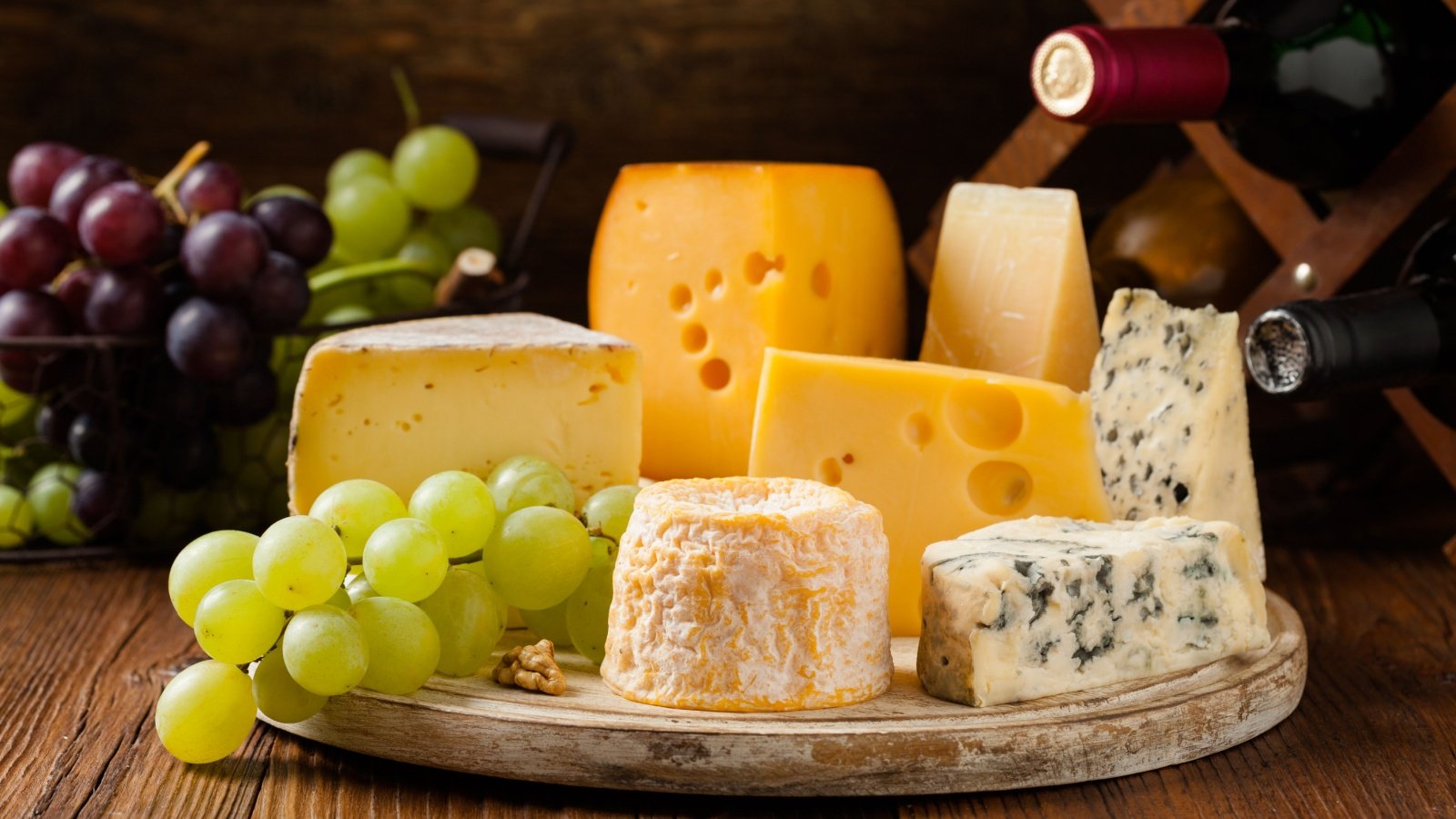
Grapes, eaten fresh or dried into raisins, were a key biblical food and the primary source of wine. Vineyards remain culturally and economically significant, and grape cultivation continues to be a global enterprise. Wine and grapes hold ritualistic significance in many modern religions, mirroring their sacred status in biblical times.
Pomegranates

Pomegranates are mentioned in the Bible as symbols of fertility and abundance. Rich in nutrients and antioxidants, they are celebrated today for their health benefits and culinary uses. Their inclusion in modern diets bridges ancient dietary habits with contemporary health-conscious trends.
Almonds
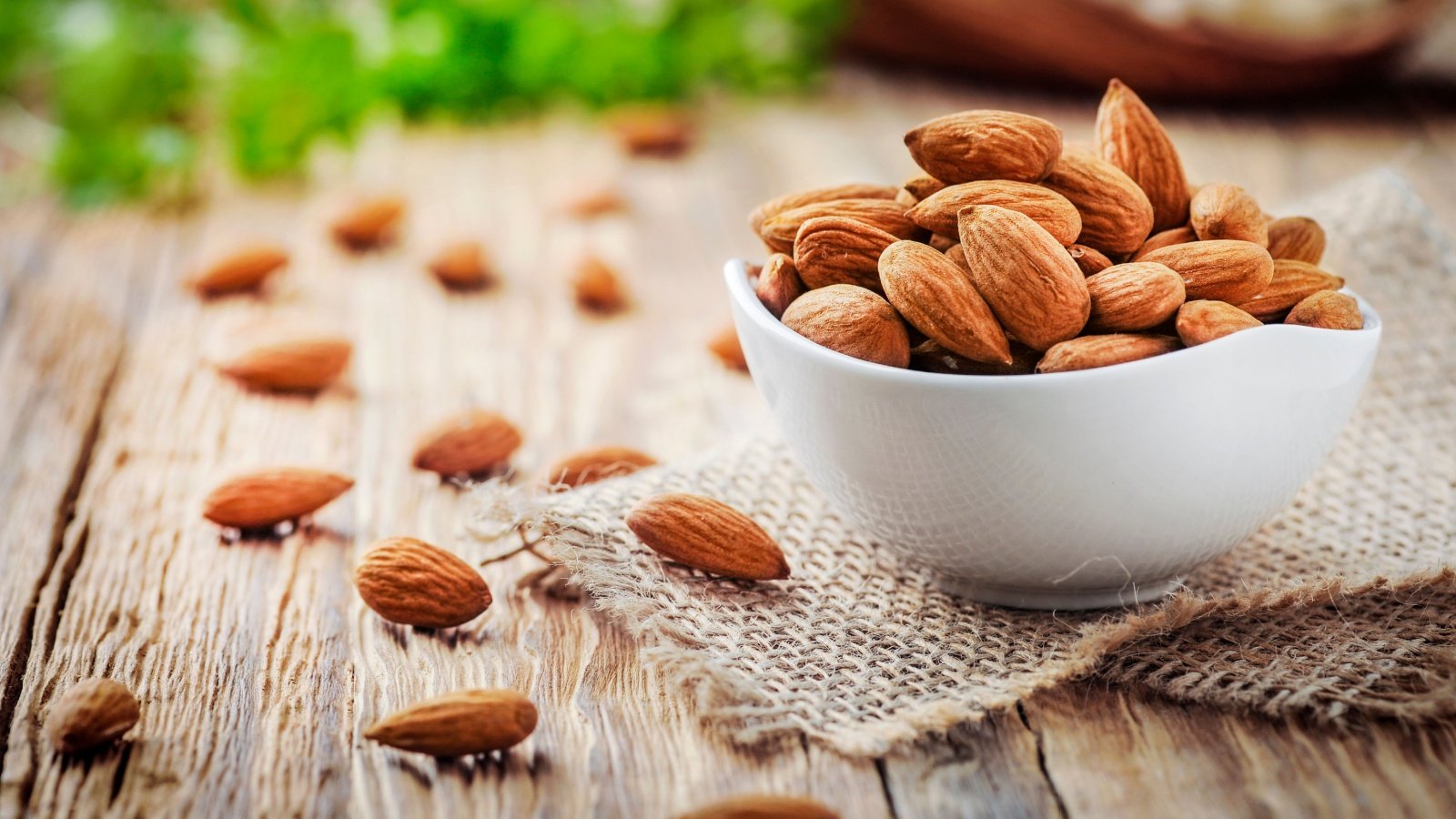
Almonds are referenced in the Bible for their beauty and bounty, and they are used as metaphors for actual food. They are highly regarded today for their nutritional value, especially in heart health. The almond tree’s blossoms and nuts continue to be appreciated just as they were millennia ago.
Cucumbers

Cucumbers were enjoyed in the ancient Near East and are mentioned in the Bible as one of the foods the Israelites enjoyed in Egypt. They remain a popular garden vegetable and dietary staple today, valued for their refreshing taste and hydration properties. This ongoing cultivation underscores their enduring appeal.
Garlic
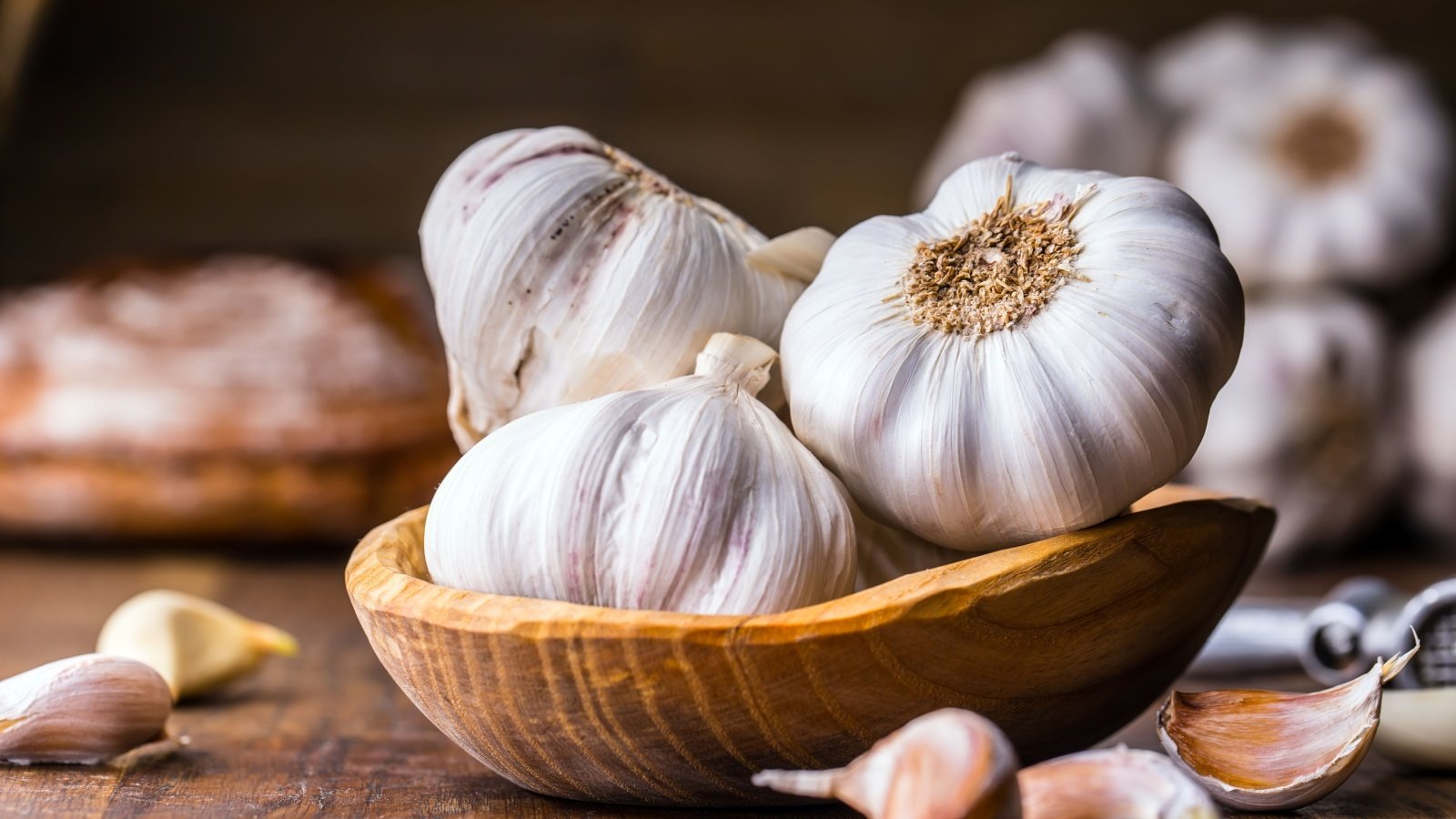
Garlic, noted in the Bible among the foods desired by the Israelites in Egypt, has been a culinary staple for millennia. It is revered today not only for its flavor-enhancing properties but also for its numerous health benefits. Garlic continues to be a fundamental ingredient in kitchens worldwide.
Onions

Onions were also longed for by the Israelites in Egypt and have been a cornerstone of global cuisine for thousands of years. They are essential in many dishes for their depth of flavor and are also valued for their health-promoting properties. The ubiquity of onions in cooking today maintains their biblical significance.
Leeks
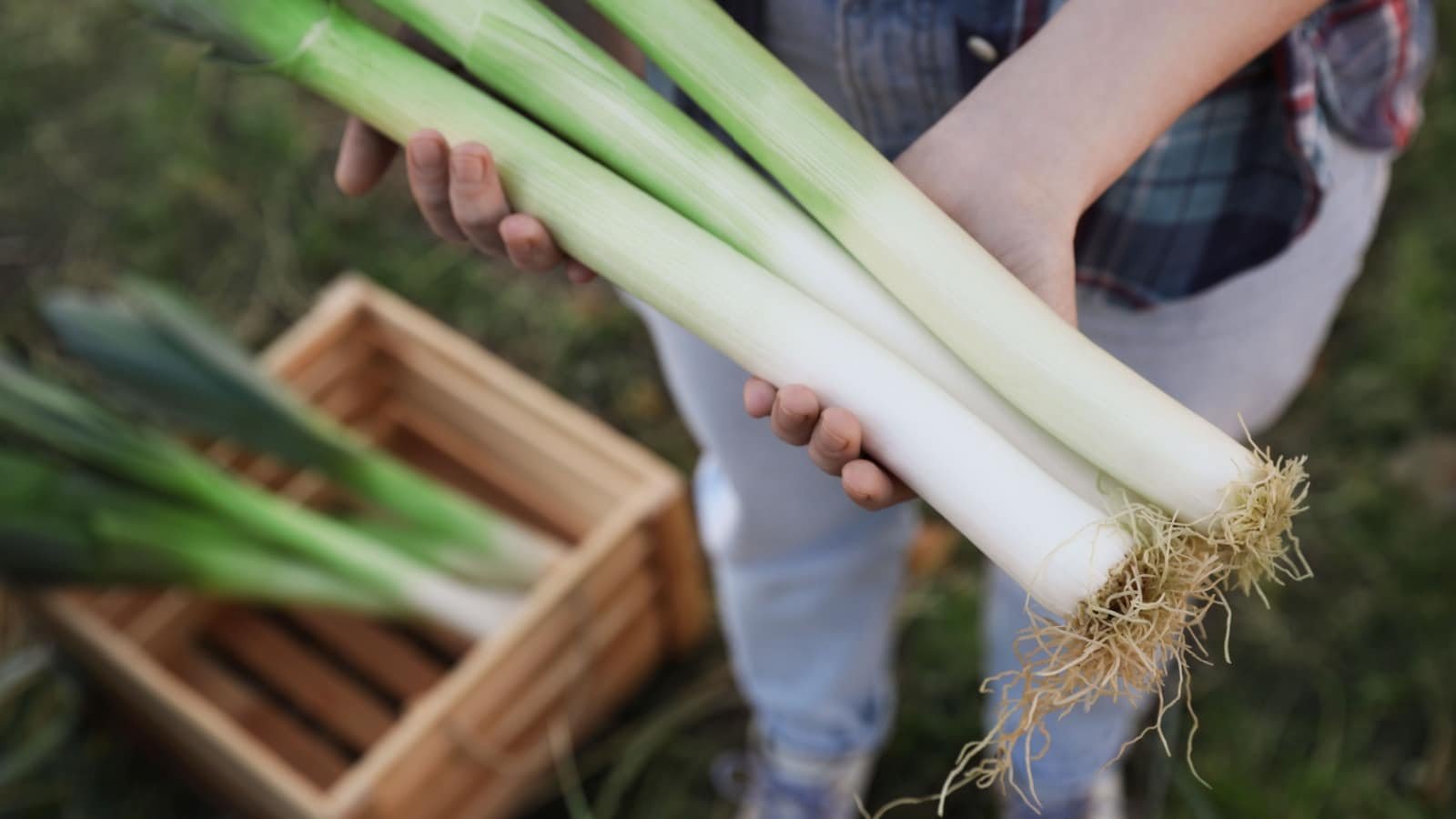
Mentioned alongside onions and garlic, leeks were favored for their flavor and are still widely used in cooking today. They are particularly popular in European cuisines and featured in hearty dishes from soups to pies. Leeks’ continued use illustrates the lasting connection between ancient foods and modern preferences.
Milk

Milk, often referenced in the Bible, symbolized purity and was a dietary staple in the form of both dairy milk and goat’s milk. Today, milk remains fundamental in diets worldwide, though it now comes in various forms, including cow’s, almond, soy, and oat. Its enduring consumption reflects its nutritional importance.
Barley
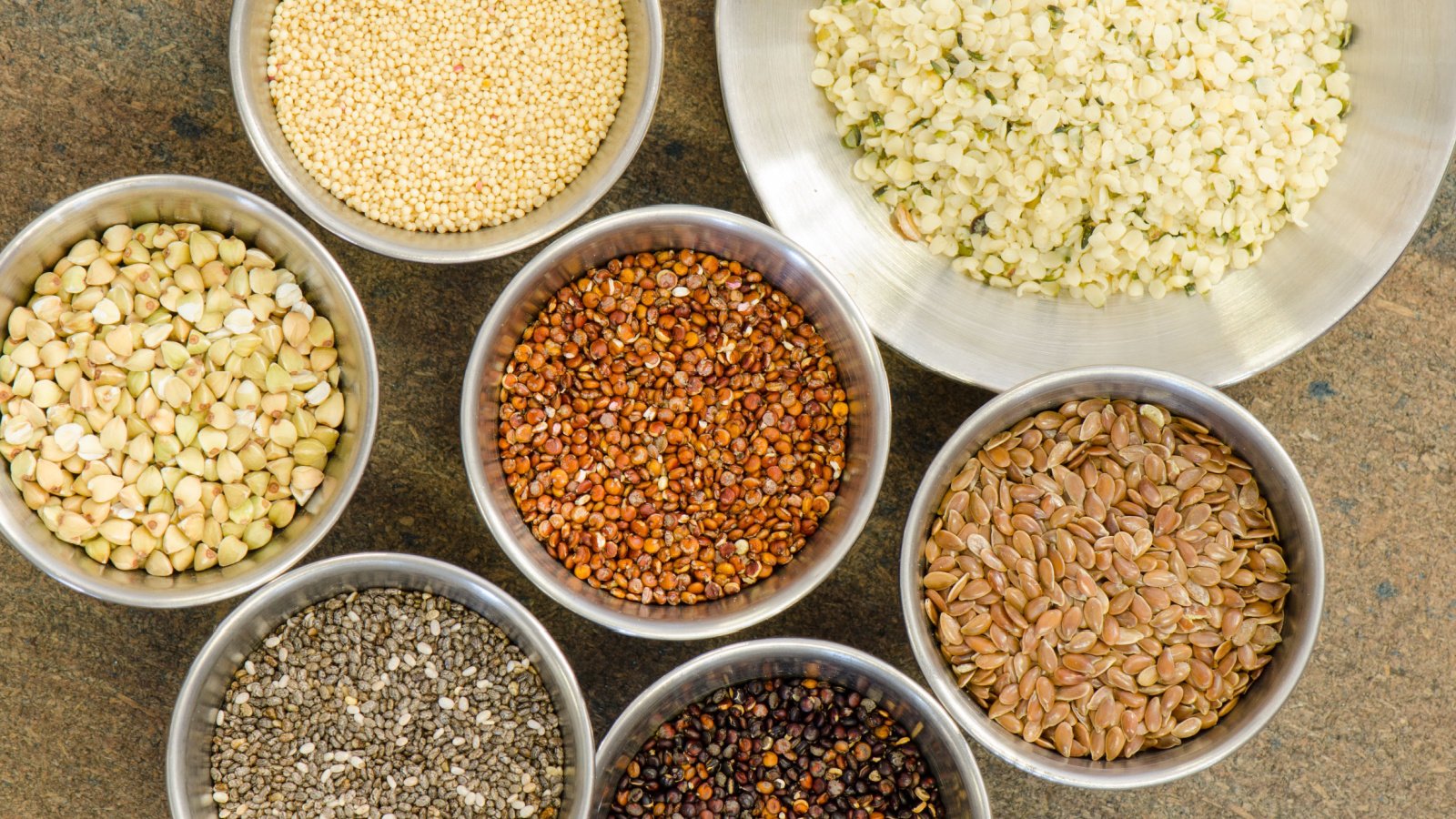
Barley was a common grain in biblical times, used for making bread and other foods. It remains a valuable crop today, used in health foods, soups, and even beverages like beer. The grain’s adaptability and nutritional value have ensured its continued cultivation.
Spices

Spices like cumin and coriander are mentioned in biblical texts for their culinary and medicinal uses. These spices are still integral to cooking worldwide, adding depth and flavor to dishes. Their unbroken usage highlights the continuity of culinary practices through the ages.
Dates

Dates were a key source of sweetness for ancient peoples and are frequently mentioned in the Bible. They remain popular today, consumed on their own or used in cooking and baking for natural sweetness. The nutritional benefits and sweetness ensure their continued relevance in modern diets.
Herbs

Herbs such as mint and dill are noted in the Bible for their culinary and medicinal properties. These herbs are staples in gardens and kitchens around the world, valued for their flavor and health benefits. The cultivation of herbs links contemporary culinary practices directly with ancient ones.
Mustard

The mustard seed is famous in the Bible for its metaphorical use in teachings about faith. Mustard continues to be grown for its seeds and greens, which are used to make mustard condiments and salads. This tiny seed’s significant impact on both cuisine and culture persists.
Watermelon
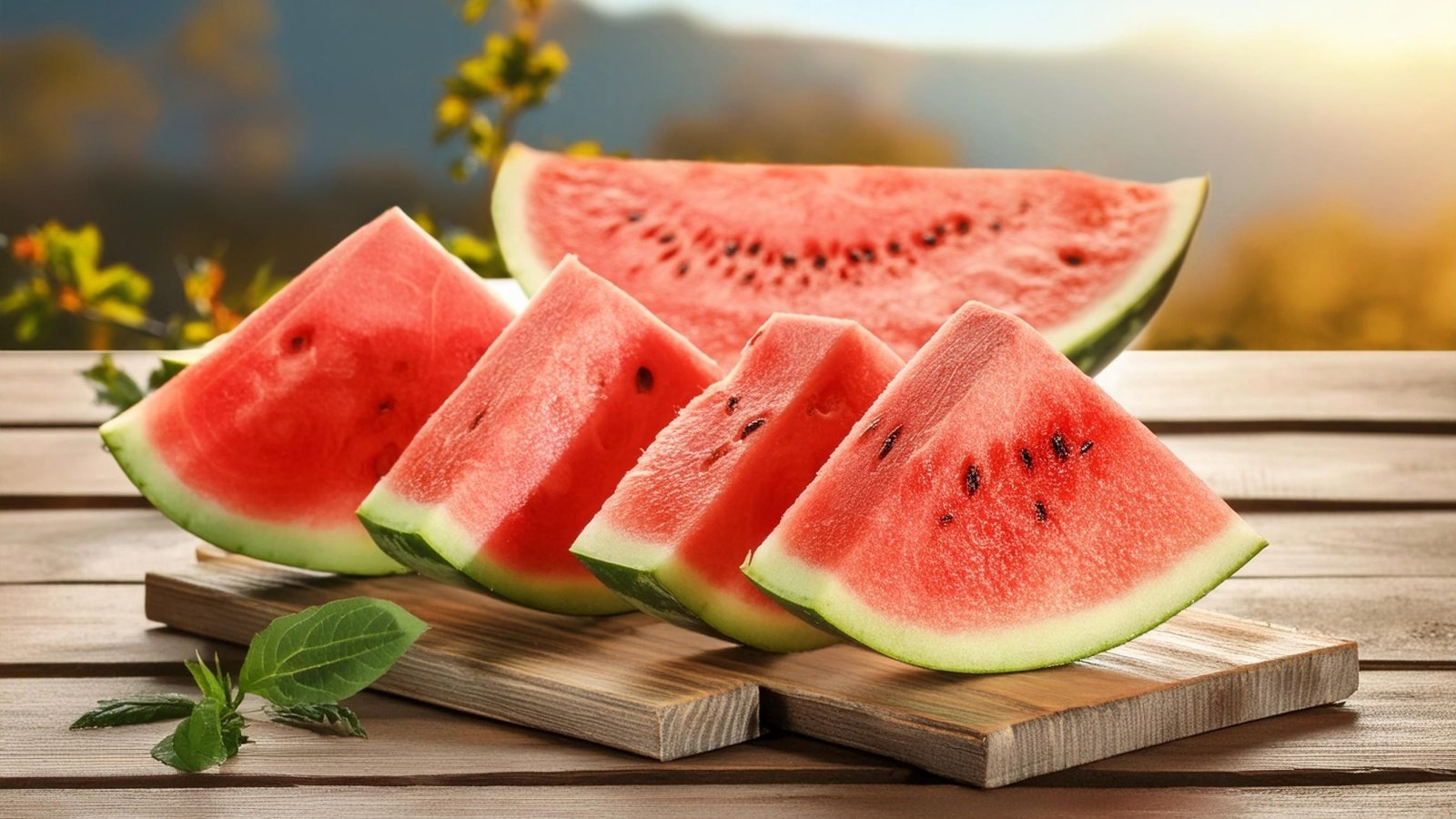
Watermelons are noted in the Bible as one of the foods the Israelites missed from Egypt. They are celebrated today in many cultures for their refreshing and hydrating properties during hot weather. The universal appeal of watermelons demonstrates their timeless desirability.
Goat Meat

Goat meat was a common biblical food, especially in nomadic cultures. It remains widely eaten today in many parts of the world, valued for its lean, flavorful meat. The continued preference for goat meat underscores its lasting importance in human diets.
Beans

Beans are briefly mentioned in the Bible and were an important source of protein for many ancient peoples. Today, beans are recognized for their high protein content and versatility in numerous cuisines. Their prominence in global diets highlights their nutritional and culinary value.
Wine

Wine is perhaps one of the most celebrated and ritualistically significant beverages mentioned in the Bible. It continues to hold a central place in both religious ceremonies and everyday life. The craft of winemaking, while modernized, still respects the ancient traditions that have been passed down through generations.









Seriöse Online-Casinos wickeln Auszahlungen allerdings erst nach abgeschlossenem KYC-Prozess ab.
Generell gehen Auszahlungen mit PayPal innerhalb von 24 Stunden vonstatten. Dieses Konto muss entweder
über ausreichend Guthaben verfügen oder mit einer gültigen Zahlungsquelle (z.
B. Bankkonto, Kreditkarte) verknüpft sein. Neben PayPal können Spieler
auch Visa, MasterCard, Klarna, Apple Pay und Paysafecard nutzen. Einzahlungen sind auf
dieser Seite ab 10 € möglich und auf maximal 1000 € pro Monat
begrenzt. In unserem Knightslots Test wurden alle
unsere Transaktionen ohne Verzögerungen und kostenlos abgewickelt.
Kreditkarten-Einzahlungen sind in der Regel für alle Boni qualifiziert.Tipps für ein sicheres Spielerlebnis mit
Kreditkarten Prüfe die Bonusbedingungen, um sicherzustellen, dass
Kreditkarten-Einzahlungen für Boni qualifizieren.4.
BonusangeboteViele Kreditkarten-Casinos bieten attraktive Willkommensboni, Freispiele oder Cashback-Aktionen. Achte auf renommierte Softwareanbieter wie Merkur, Novoline, NetEnt oder Play’n GO.3.
SpielauswahlEin gutes Casino bietet eine breite Palette an Spielen, darunter Slots, Tischspiele wie Roulette und
Blackjack, sowie Live-Casino-Optionen.
Um ein PayPal-Konto mit Guthaben aufzuladen, kann ein Betrag vom Girokonto überwiesen werden. Außerdem haben die
meisten Nutzer ihr Bankkonto genauer im Blick als andere Konten. Die Geschwindigkeit einer Kreditkarte muss sich ebenfalls
nicht hinter E-Wallets verstecken, sodass Einzahlungen in wenigen Minuten erledigt sind.
References:
https://online-spielhallen.de/casino-online-kostenlos-gratis-spielen-ohne-anmeldung/